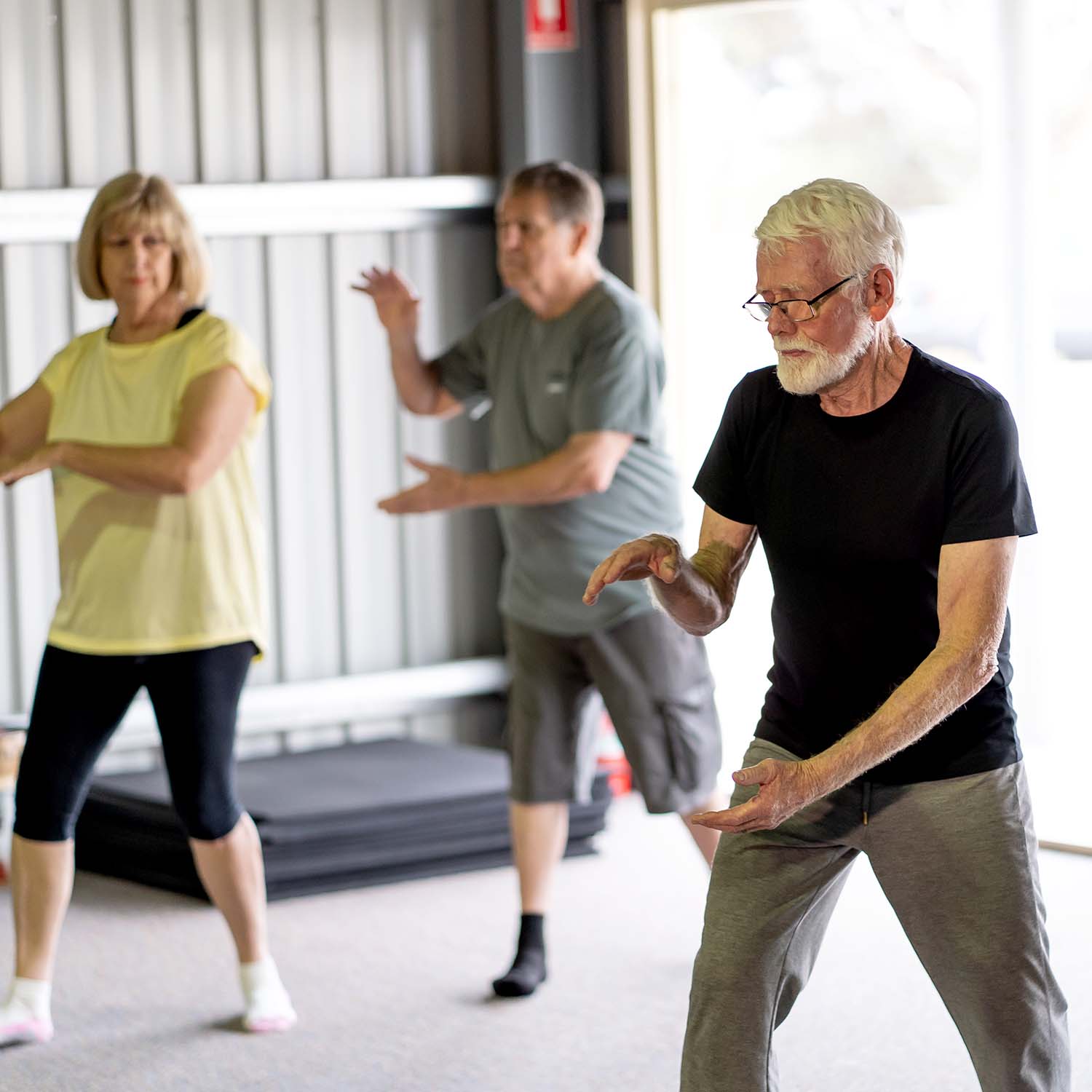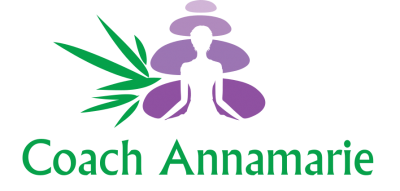Qigong: What You Need to Know
Posted by Annamarie Pamphilis on Jun 30, 2023 in Health Blog | 0 comments
What is qigong and how does it work?
Qigong, pronounced “chi gong,” was developed in China thousands of years ago as part of traditional Chinese medicine. It involves using exercises to optimize energy within the body, mind, and spirit, with the goal of improving and maintaining health and well-being. Qigong has both psychological and physical components and involves the regulation of the mind, breath, and body’s movement and posture.
In most forms of qigong:
- Breath is slow, long, and deep. Breath patterns may switch from abdominal breathing to breathing combined with speech sounds.
- Movements are typically gentle and smooth, aimed for relaxation.
- Mind regulation includes focusing one’s attention and visualization.
Dynamic (active) qigong techniques primarily focus on body movements, especially movements of the whole body or arms and legs. Meditative (passive) qigong techniques can be practiced in any posture that can be maintained over time and involve breath and mind exercises, with almost no body movement.
Is qigong the same as tai chi?
Tai chi originated as an ancient martial art, but over the years it has become more focused on health promotion and rehabilitation. When tai chi is performed for health, it is considered a form of qigong and involves integrated physical postures, focused attention, and controlled breathing. Tai chi is one of the hundreds of forms of qigong exercises that was developed in China. Other forms of qigong include Baduanjin, Liuzijue, Hu Yue Xian, Yijin Jing, and medical qigong.
Can qigong reduce pain?
The research on qigong’s role in pain is conflicting. Three reviews from 2018 and 2019 that looked at only a small number of studies suggested that qigong may help to decrease pain in community-dwelling older adults (160 participants), neck pain (525 participants), and musculoskeletal pain in people 15 to 80 years old (1,787 participants). But a 2020 review that included 5 studies (576 participants) found conflicting results on qigong’s pain-reducing effects for low-back pain and neck pain.
Is qigong helpful for people with chronic diseases?
https://www.nccih.nih.gov/health/qigong-what-you-need-to-know



